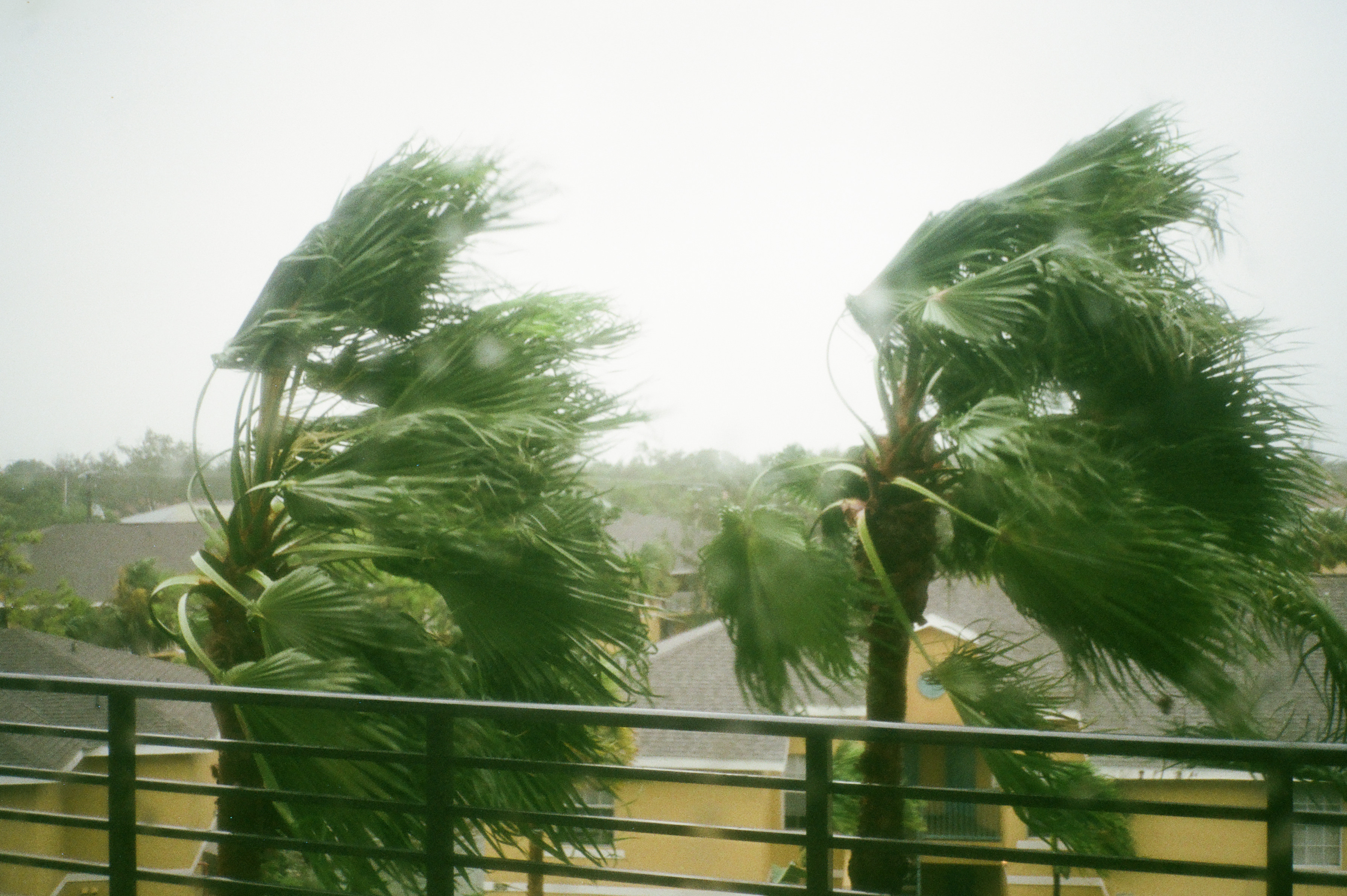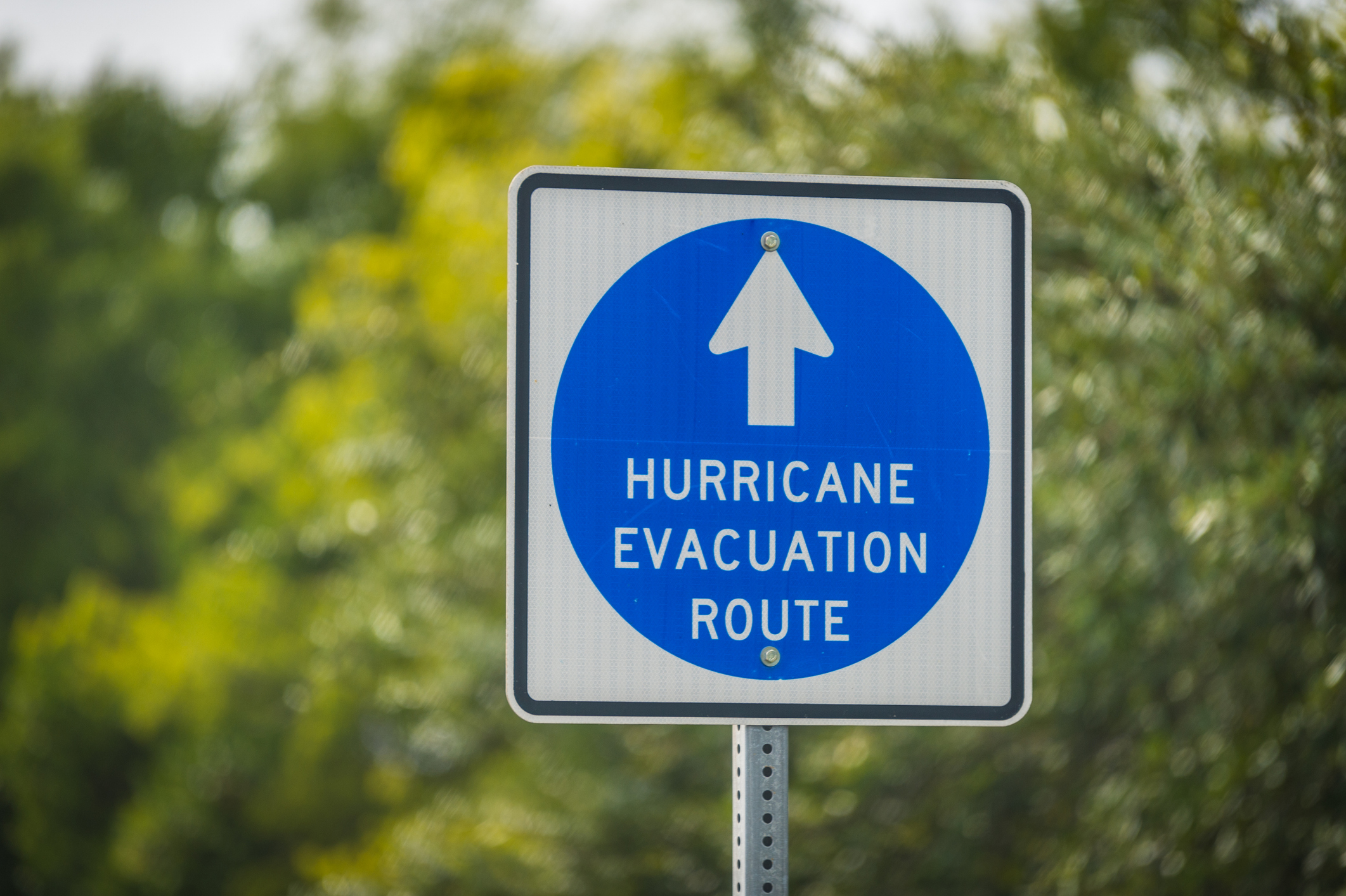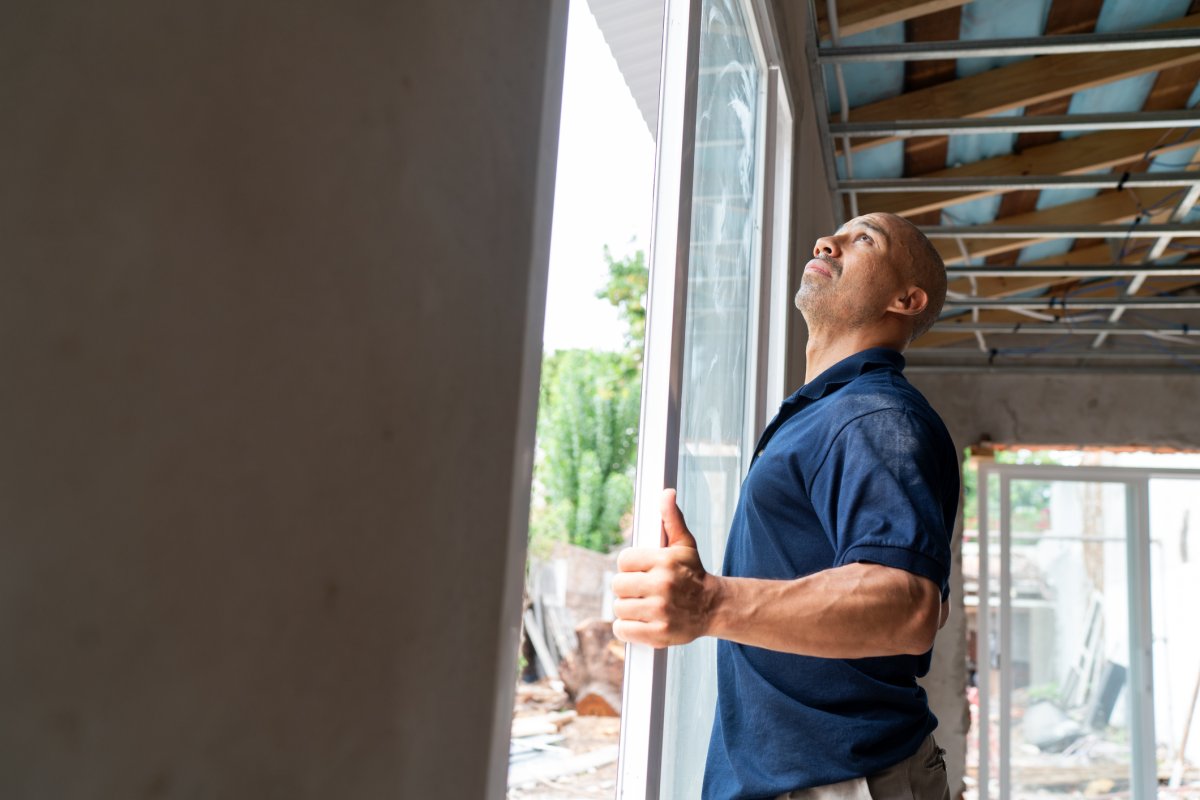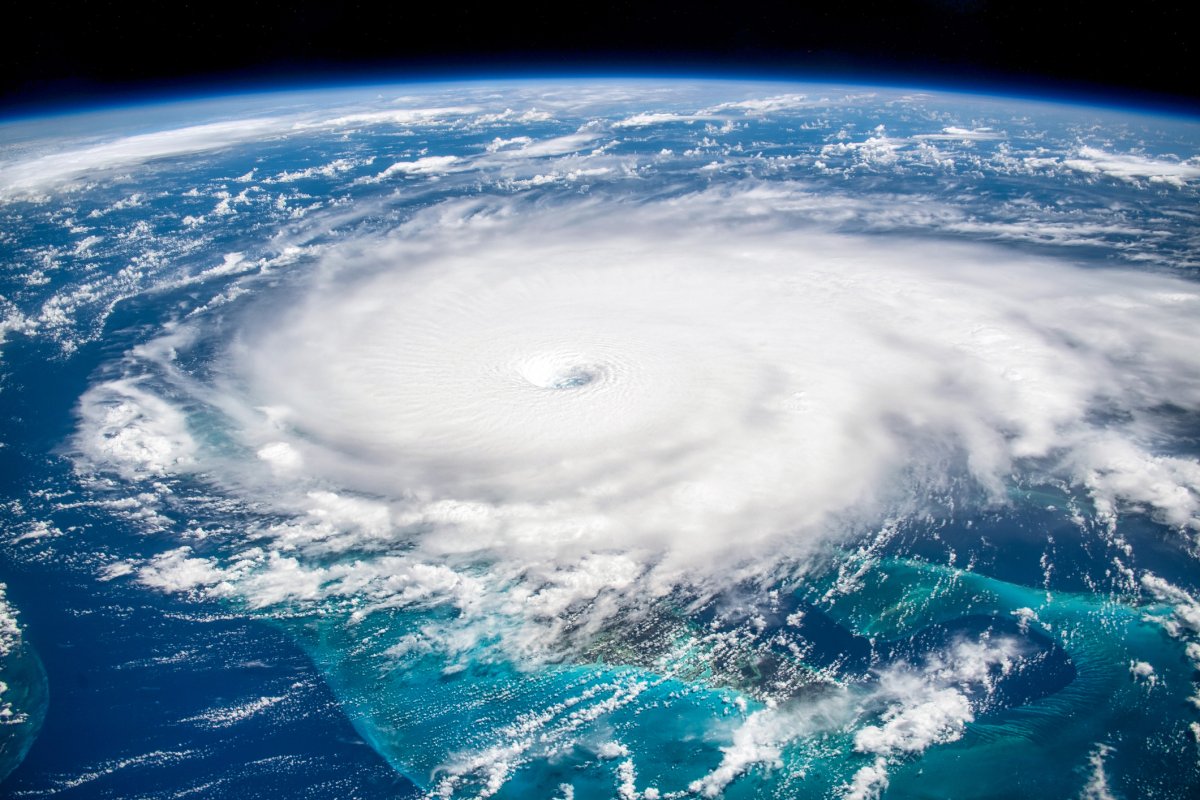We may earn revenue from the products available on this page and participate in affiliate programs. Learn More ›
Nobody’s exactly complaining, but many experts are stumped by the unexpectedly quiet hurricane season so far this year. The typical peak of hurricane season—the second week in September—has come and gone and there were only seven named storms through September 17. That number of named storms lags behind the average by two, and the quality and longevity of the season also is trailing what an average season looks like.
This is unusual since hurricane season is typically most active in September, but the predictions are also not panning out. Before the hurricane season kickoff date of June 1, the National Oceanic and Atmospheric Administration (NOAA) forecasted a very active storm season with 17 to 25 named storms, four to seven of which were expected to be major hurricanes.
Indeed, the hurricane season 2024 started off strong, with Hurricane Beryl setting a record for the earliest Category 5 hurricane in the Atlantic Basin, followed by Hurricanes Debby and Ernesto. This activity then led to both NOAA and Colorado State University (CSU) upping their predictions due to hotter-than-normal ocean temperatures and the absence of an El Niño weather pattern.
But this hasn’t materialized—at least not yet.

Why This Hurricane Season Is Shaping Up Differently Than Expected
For hurricanes to form, the right amount of warm ocean water, moist air, and low wind shear need to exist. Extreme atmospheric conditions, a byproduct of climate change, are influencing these three ingredients for storm development and impacting the storm activity we now are seeing. Here are the unique conditions driving this unusual hurricane season:
Competing ocean temperatures. While the Atlantic Ocean has been hotter than normal since before the storm season began, the water is cooler off the coast of Africa, where most hurricanes originate. This is limiting the early development of tropical waves moving into the eastern sections of the Atlantic Ocean.
Warm air temperatures. Very warm air both at the Earth’s surface and higher up in the atmosphere are limiting the energy that tropical systems need to form. For hurricanes to develop, there needs to be warm air beneath colder air to create instability. CSU believes climate change and El Niño conditions have contributed to this phenomenon.
Wind pushing African storms north. Stormy weather coming off the coast of Central Africa is what typically spurs hurricanes. Since about mid-summer, these hurricane “seeds” have been pushed farther north than usual toward the extremely dry Sahara Desert. The dry, dusty air is blocking solar radiation. The cooler water temperature and drier air in this area are depriving storms of the heat and moisture they need to form.
Delay in switch from El Niño to La Niña. We are currently in a neutral or decreasing El Niño pattern, which increases wind shear across the Atlantic Basin. It was expected to transition to La Niña by late summer, but that hasn’t happened yet. Given that tropical storm development is more prevalent during La Niña patterns, this is something to watch.
What This Means for Future Hurricane Seasons
Scientists have been warning us that climate change would eventually impact storms. While people might assume that this means more storms, the science shows instead the likeliness of fewer but stronger storms. With this current hurricane season, this prediction is coming to life.
Experts believe this year could just be the beginning of a new pattern in which there are fewer storms overall, but each one could break records and cause immense damage, as we saw with Hurricane Beryl, which caused an estimated $28 billion to $32 billion in damage to homes, infrastructure, job and wage losses, and government cleanup expenses.

Why It’s Important to Stay Prepared
Hurricane season 2024 isn’t over until it’s over. Officially, the Atlantic hurricane season spans from June 1 through November 30, and it’s even possible for hurricanes to form outside of this range. Given the uncertainty so far and the expectation that La Niña will build throughout the fall, those in hurricane-prone regions should not let their guard down too soon.
In fact, more than 40 percent of all tropical activity in a typical season occurs after the peak of the season on September 10, so it is certainly possible that we haven’t seen the last of the storms. Well-known hurricanes such as Matthew, Maria, Michael, and Ian caused major damage from late September to December in past years.
How to Prepare for Late, Large Storms
Those living along the Gulf Coast, East Coast, and even a bit inland, can follow these tips to stay safe as this year’s storm season progresses:
- Continue to follow both local and national news, including NOAA’s National Hurricane Center, for storm and evacuation updates.
- Make sure you have a family evacuation plan in place that’s up-to-date and that all family members are familiar with. Review and practice the plan when the weather is calm.
- Have your disaster preparedness kit ready to go.
- Make your home hurricane-ready by boarding up windows; stabilizing your roof with hurricane ties; checking and replacing damaged window glass, roof shingles, or siding sections before it’s too late; and storm-proofing outdoor security cameras.
- Prepare outdoors by trimming or removing damaged trees or limbs that could fall during strong winds, and bringing loose, lightweight items inside.
- Consider larger investments like purchasing a standby generator, installing impact-resistant windows or hurricane shutters, adding a whole-house surge protector, and swapping your current roof tiles for hurricane-resistant ones.
- Look into getting hurricane insurance to protect the investment in your home and belongings.



